 1986 Toyota Vista (V20) Dimensions, Size & Specs
1986 Toyota Vista (V20) Dimensions, Size & Specs
Measurements of the 1986 Toyota Vista, engineered for optimal performance and comfort
| Dimensions | |
|---|---|
| Length: | 4520 mm178.0 in14.8 ft |
| Width: | 1690 mm66.5 in5.5 ft |
| Height: | 1370 mm53.9 in4.5 ft |
| Weight Specifications | |
| Curb Weight: | 1210 kg2668 lbs |
The Toyota Vista V20 is a classic mid-size sedan produced between 1986 and 1990, representing Toyota's commitment to blending practicality with modern design during the late 1980s. With an overall length of 4520 mm (178 inches), a width of 1690 mm (66.5 inches), and a height of 1370 mm (54 inches), the Vista V20 offers a balanced and compact profile typical of sedans from its era. Weighing in at a curb weight of 1210 kg (2668 lbs), this generation of Vista strikes a good compromise between weight and structural integrity, contributing to its agile handling and fuel efficiency. As a sedan, it provided ample interior space for passengers and cargo, making it suitable for families and daily commuting. The 1986-1990 Toyota Vista V20 stands out for its reliable engineering and solid build quality, characteristics that helped cement Toyota's strong reputation in the automotive market. Whether you're interested in historical car size comparisons or looking to understand the evolution of Toyota sedans, the Vista V20's dimensions and design philosophy reflect an important chapter in automotive history.
Discover the standout features that make the 1986 Toyota Vista a leader in its class
Have a question? Please check our knowledgebase first.
The Toyota Vista V20 sedan, produced from 1986 to 1990, has a length of 4520 mm (178 inches), a width of 1690 mm (66.5 inches), and a height of 1370 mm (53.9 inches). These dimensions make the Vista a moderately sized sedan for its era, offering a balanced footprint that suits urban and suburban driving. The length ensures adequate interior space for passengers and trunk capacity, while the width contributes to stability on the road without being too bulky for parking in tighter spaces. The height supports good headroom while maintaining a low aerodynamic profile.
The curb weight of the Toyota Vista V20 is approximately 1210 kg (2668 lbs). This relatively light weight for a mid-size sedan results in nimble handling characteristics, contributing to responsive steering and better maneuverability, especially in city driving conditions. Additionally, the lighter weight aids fuel efficiency as the engine works less to move the vehicle, which was an important consideration during the late 1980s when fuel economy began to gain more focus. Thus, the curb weight plays a vital role in balancing performance and economical driving for the Vista V20.
Yes, the Toyota Vista V20 fits comfortably into a standard single-car garage. Standard single-car garages typically have dimensions around 3000 mm (10 feet) wide and 6000 mm (20 feet) deep. The Vista V20’s length of 4520 mm (approximately 14.8 feet) and width of 1690 mm (approximately 5.5 feet) make it well within these common garage dimensions, providing sufficient space for the vehicle with room to open doors and move around the car safely. Owners should still verify their individual garage size, but the Vista V20’s dimensions are generally compatible with most standard residential garages.
The Toyota Vista V20 has a height of 1370 mm (53.9 inches), which is typical for mid-size sedans during the late 1980s. This relatively low height contributes to a sporty and aerodynamic profile, which can reduce wind resistance and improve fuel economy. The lower height also lowers the center of gravity, enhancing stability and cornering performance. However, it still provides adequate headroom for passengers, ensuring comfort without compromising on exterior aesthetics or driving dynamics. Compared to taller sedans, it may feel sportier but possibly less spacious in vertical terms.
While specific interior cabin dimensions are not provided, the Toyota Vista V20’s external size of 4520 mm length and 1690 mm width suggests reasonable interior space for a sedan of its class. The vehicle offers comfortable seating for up to five passengers, with adequate legroom and shoulder room typical for mid-size sedans in the 1980s. The roof height of 1370 mm helps maintain good headroom. Additionally, the sedan body style generally ensures decent trunk space, suitable for family use or daily commuting needs. Overall, the interior layout balances driver and passenger comfort with efficient use of space.
The Toyota Vista V20 (1986-1990) experienced growth compared to its predecessor, reflecting the trend toward larger, more comfortable vehicles during the 1980s. While exact predecessor dimensions vary, the V20 was longer and slightly wider, with a sleeker and more modern design. The extended length of 4520 mm provided improved cabin space and trunk capacity. The increase in width to 1690 mm contributed to better road presence and stability. This evolution in size marks a clear upgrade from the previous generation, focusing on enhanced passenger comfort and an improved driving experience.
When compared to similar mid-size sedans from the late 1980s such as the Honda Accord, Nissan Bluebird, or Mazda 626, the Toyota Vista V20 is fairly typical in terms of dimensions and weight. The Vista's length of 4520 mm (178 inches) and curb weight of 1210 kg (2668 lbs) are in line with its competitors, which generally ranged from 4.4 to 4.6 meters in length and 1150 to 1300 kg in weight. This parity means the Vista offered competitive interior space and driving dynamics for the segment. Its slightly lighter weight than some rivals aided fuel efficiency and handling, making it a desirable option among mid-size sedans in its era.
The Toyota Vista V20 featured a clean and aerodynamic design typical of the late 1980s, with smooth lines and a boxy yet modern silhouette. The sedan incorporated squared-off edges with a slightly sloping rear roofline, contributing to reduced drag and a sportier appearance compared to older generations. The front fascia presented a simple grille design flanked by rectangular headlights, emphasizing function and understated elegance. Overall, the design philosophy aimed at combining practicality with contemporary aesthetics, making the Vista V20 popular among buyers seeking reliable transportation with a modern look.
The Toyota Vista V20 lineup typically included a range of inline-four gasoline engines that balanced performance with fuel economy, typical of mid-size sedans of the period. Engine options commonly ranged from 1.8 to 2.0 liters in displacement, with power outputs around 90 to 130 horsepower, depending on market and specifications. This allowed the Vista to deliver reliable and efficient performance suitable for daily driving and commuting. Transmission choices usually included 4- or 5-speed manuals and 3- or 4-speed automatic gearboxes, offering flexibility for different driving preferences.
While safety standards in the late 1980s were less advanced than today, the Toyota Vista V20 was equipped with essential safety features such as front seat belts with pretensioners, reinforced body construction, and energy-absorbing steering columns. Depending on the market and trim level, some models included additional comfort features such as air conditioning, power windows, and upgraded audio systems. The combination of these elements ensured that the Vista V20 remained competitive in its class by providing a dependable, comfortable, and reasonably safe driving experience for families and commuters of the era.
Discover similar sized cars.
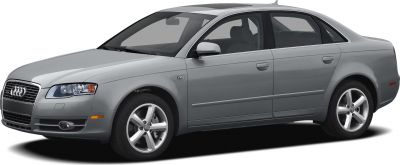
| Production: | 2004-2008 |
|---|---|
| Model Year: | 2005 |
| Length: | 4548-4601 mm179.1-181.1 in |
| Width: | 1937 mm76.3 in |
| Height: | 1397-1427 mm55.0-56.2 in |
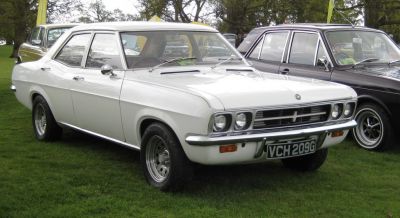
| Production: | 1967-1972 |
|---|---|
| Model Year: | 1967 |
| Length: | 4488 mm176.7 in |
| Width: | 1699 mm66.9 in |
| Height: | 1333 mm52.5 in |

| Production: | 1969-1978 |
|---|---|
| Model Year: | 1972 |
| Length: | 4488-4546 mm176.7-179.0 in |
| Width: | 1699 mm66.9 in |
| Height: | 1313-1371 mm51.7-54.0 in |
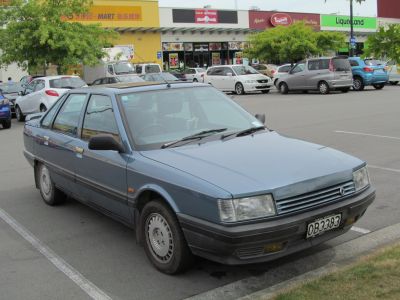
| Production: | 1989-1994 |
|---|---|
| Model Year: | 1989 |
| Length: | 4530 mm178.3 in |
| Width: | 1730 mm68.1 in |
| Height: | 1415 mm55.7 in |

| Production: | 1993-1998 |
|---|---|
| Model Year: | 1993 |
| Length: | 4490 mm176.8 in |
| Width: | 1695 mm66.7 in |
| Height: | 1355 mm53.3 in |
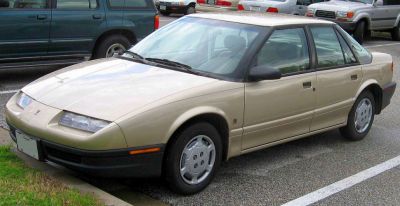
| Production: | 1990-1995 |
|---|---|
| Model Year: | 1991 |
| Length: | 4478 mm176.3 in |
| Width: | 1718 mm67.6 in |
| Height: | 1334 mm52.5 in |

| Production: | 2005-2007 |
|---|---|
| Model Year: | 2004 |
| Length: | 4526-4611 mm178.2-181.5 in |
| Width: | 1980 mm78.0 in |
| Height: | 1400-1432 mm55.1-56.4 in |
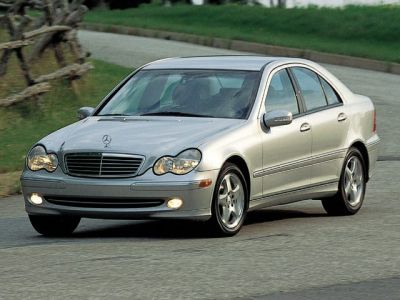
| Production: | 2002-2004 |
|---|---|
| Model Year: | 2000 |
| Length: | 4526-4541 mm178.2-178.8 in |
| Width: | 1980 mm78.0 in |
| Height: | 1412-1427 mm55.6-56.2 in |
